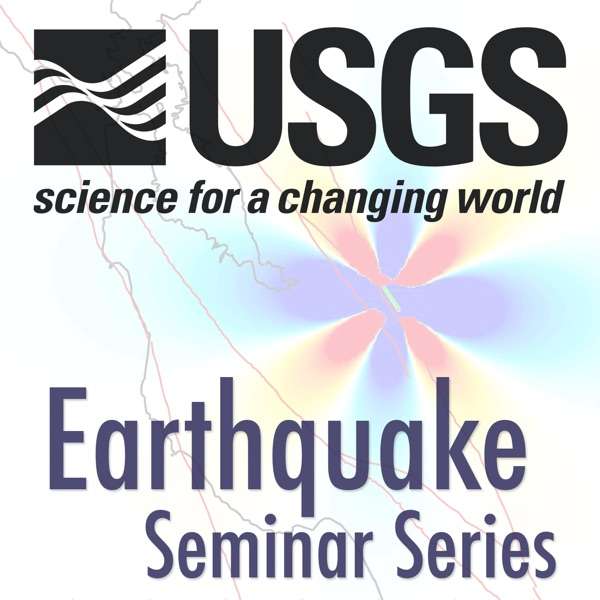Humans are noisy. The National Park Service estimates that all of our whirring, grinding, and revving machines are doubling or even tripling global noise pollution every 30 years.
A lot of that noise is negatively affecting wildlife and human health. Maybe that’s why we’re so consumed with managing our sonic environments, with noise-cancelling headphones and white noise machines — and sometimes, we get into spats with our neighbors, as one of our guests did…
So for this episode, producer Jeongyoon Han takes us on an exploration of three sonic landscapes: noise, silence, and something in between.
Featuring Rachel Buxton, Jim Connell, Stan Ellis, Mercede Erfanian, Nora Ma, and Rob Steadman.
SUPPORT
Outside/In is made possible with listener support. Click here to become a sustaining member of Outside/In.
Subscribe to our newsletter (it’s free!).
Follow Outside/In on Instagram or join our private discussion group on Facebook.
Submit a question to the “Outside/Inbox.” We answer queries about the natural world, climate change, sustainability, and human evolution. You can send a voice memo to outsidein@nhpr.org or leave a message on our hotline, 1-844-GO-OTTER (844-466-8837).
LINKS
Behavioral ecologist Miya Warrington and her colleagues found that Savannah sparrows changed the tune of their love songs as a result of noisy oil fields in Alberta, Canada (The New York Times)
Bats have changed their day-to-day habits because of traffic noise, according to research conducted in the U.K.
Natural sounds are proven to improve health, lower stress, and have positive effects on humans. Rachel Buxton and her colleagues wrote about that in their study from 2021.
Erica Walker’s organization, the Community Noise Lab, monitors noise levels in Boston, Providence, and Jackson, Mississippi. You can read more about her work in this article from Harvard Magazine.
Are you interested in going to a Quiet Parks International-designated quiet park? The organization has a list of spaces across the world that they’ve certified.
Here’s a radio story from NPR that serves as an homage to John Cage’s 4’33”.
If you were ever curious about why bird songs are good for you… This article from the Washington Post should be on the top of your reading list!
This New Yorker piece from 2019 outlines how noise pollution might be the next public health crisis. Since that article, there’s been even more research showing that noise can take years off of our lives.
So, you’ve heard lots of sounds in this episode. But do you want to see what sounds look like? Click here — and this is not clickbait!
Ethan Kross, who is a psychologist and neuroscientist, wrote a whole book about noise — the noise in your head, to be precise. It’s called Chatter: The Voice in Our Head, Why It Matters, and How to Harness It.
Mercede Erfanian’s research into misophonia and soundscapes is fascinating. You can hear her speak on the subject of different kinds of sounds in a show aired from 1A, or watch her presentation on the effects that soundscapes have on humans.
CREDITS
Host: Nate Hegyi
Reported and produced by Jeongyoon Han
Mixed by Jeongyoon Han and Taylor Quimby
Editing by Taylor Quimby, with help from Nate Hegyi, Jessica Hunt, and Felix Poon
Executive producer: Rebecca Lavoie
Music from Blue Dot Sessions, Edvard Greeg, and Mike Franklyn.
Our theme music is by Breakmaster Cylinder.
Outside/In is a production of New Hampshire Public Radio
Hosted by Simplecast, an AdsWizz company. See pcm.adswizz.com for information about our collection and use of personal data for advertising.

 Our TOPPODCAST Picks
Our TOPPODCAST Picks  Stay Connected
Stay Connected







